Winter Bike Commuting - Tips and Tricks for a Safe and Enjoyable Ride

Biking to work is a healthy and sustainable way to commute, but many people are hesitant to continue biking when winter hits. Snow, ice, and cold temperatures can make biking seem like a daunting task. However, with the right equipment and mindset, winter bike commuting can be a safe and enjoyable experience.
Here are some tips and tricks to help you navigate the winter weather while commuting on your bike:
1. Dress Appropriately
Dressing appropriately for winter biking is crucial. You want to dress in layers to stay warm, but avoid overdressing as it can cause you to sweat, which can make you feel colder. Start with a moisture-wicking base layer, then add a mid-layer, and finish with a wind-resistant and water-resistant outer layer. Don't forget to wear a pair of warm socks, gloves, a hat, sunglasses, and a scarf to protect your extremities from the cold.
When choosing your clothing, consider the temperature and the wind chill. The wind chill can make the temperature feel much colder than it actually is, so make sure to dress accordingly. It's better to overdress and remove layers if necessary than to underdress and feel cold during your ride. For this, we would specifically recommend heated apparel due to its versatility in allowing you to turn it on/off and being able to adjust the heat levels based on how cold it is.
2. Check Your Bike
Before heading out on your bike, make sure to check that everything is in working order. Check your brakes, gears, and tires. If you're unsure about the condition of your bike, take it to a local bike shop for a tune-up. It's important to have a bike that is in good condition to ensure a safe and enjoyable ride.
3. Use Appropriate Tires
Consider switching to winter tires with studs for added grip on snow and ice. Alternatively, you can reduce the tire pressure on your current tires to increase traction. Just make sure not to go too low as it can damage your rims. Make sure to check the condition of your tires regularly, as worn tires can reduce traction and increase the risk of slipping.
4. Use Lights & Reflectors
During the winter, daylight hours are shorter, and visibility can be reduced due to snow and fog. Make sure to use front and rear lights, as well as reflectors, to increase your visibility to others on the road. Choose lights with a high lumen output for maximum visibility. Use both steady and flashing lights to make yourself more noticeable to others.
In addition to lights and reflectors, consider wearing high-visibility clothing or accessories. Bright colors and reflective materials can help increase your visibility to others on the road.
5. Plan Your Route
When planning your route, try to stick to well-traveled roads that are more likely to be plowed and salted. Avoid shortcuts that may be less maintained or have a lot of snow and ice buildup. Consider using bike lanes or designated bike routes to ensure a safer and more enjoyable ride. If possible, plan your route to avoid steep hills or other challenging terrain.
Make sure to check the weather and road conditions before heading out on your ride. If the conditions are too severe, consider taking public transportation or working from home instead.
6. Be Cautious
Winter weather can be unpredictable, so it's important to be cautious and adjust your riding accordingly. Slow down and take turns more cautiously to avoid slipping on ice or snow. Be aware of your surroundings and keep an eye out for hazards such as black ice or snowdrifts. Use hand signals and follow traffic laws to ensure a safe and predictable ride.
In addition to being cautious while riding, make sure to take breaks as needed. If you're feeling cold or fatigued, take a break and warm up before continuing your ride. You can stop at a coffee shop or other warm location along your route. Also, , listen to your body and take breaks as needed. Biking in the winter can be physically demanding, and it's important to give your body the rest it needs. Taking breaks can also help you avoid injuries caused by overexertion. Remember, it's better to take a few extra minutes to warm up or rest than to risk injury or illness. So, be mindful of your body and take breaks as needed.
7. Be Prepared for Emergencies
In the winter, it's important to be prepared for emergencies. Carry a small kit with essentials such as a spare tube, tire levers, a patch kit, and a multitool. You may also want to carry a small hand pump, a small first aid kit, and a cell phone in case of an emergency.
It's also a good idea to let someone know your route and estimated arrival time. In case of an emergency, they will know where to find you.
8. Stay Hydrated
In the winter, it's easy to forget to drink enough water because you may not feel as thirsty as you do in the summer. However, staying hydrated is still important for your health and safety. Make sure to drink plenty of water before and after your ride. You can also carry a water bottle with you on your ride, and drink small sips regularly to stay hydrated.
9. Stay Motivated
Biking in the winter can be challenging, but it's also rewarding. It's a great way to stay active and enjoy the outdoors during a season when many people stay indoors. To stay motivated, set goals for yourself, such as biking a certain number of days per week or biking a certain distance. You can also find a biking buddy to ride with, or join a local biking group.
10. Reward Yourself
Finally, reward yourself for biking in the winter. After a cold and challenging ride, treat yourself to a warm drink, a hot shower, or a cozy meal. You deserve it!
Final Thoughts on Winter Bike Commuting
In conclusion, winter bike commuting can be a safe and enjoyable experience with the right equipment and mindset. Dress appropriately, check your bike, use appropriate tires, use lights and reflectors, plan your route, be cautious, be prepared for emergencies, stay hydrated, stay motivated, and reward yourself. With these tips and tricks, you can continue to bike to work all year round.

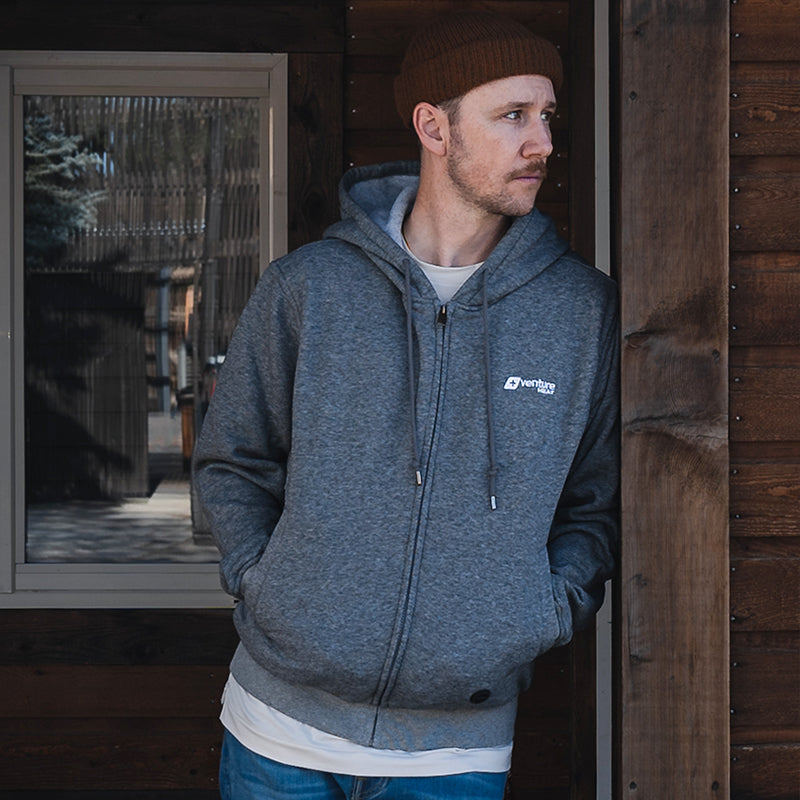
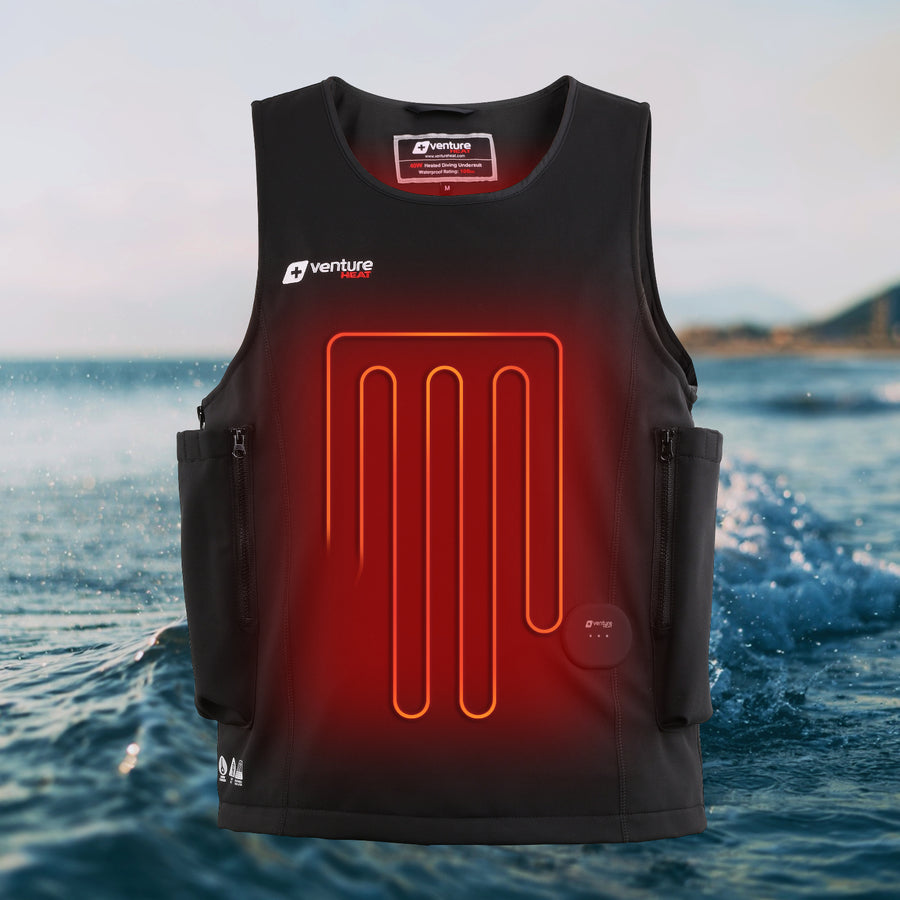
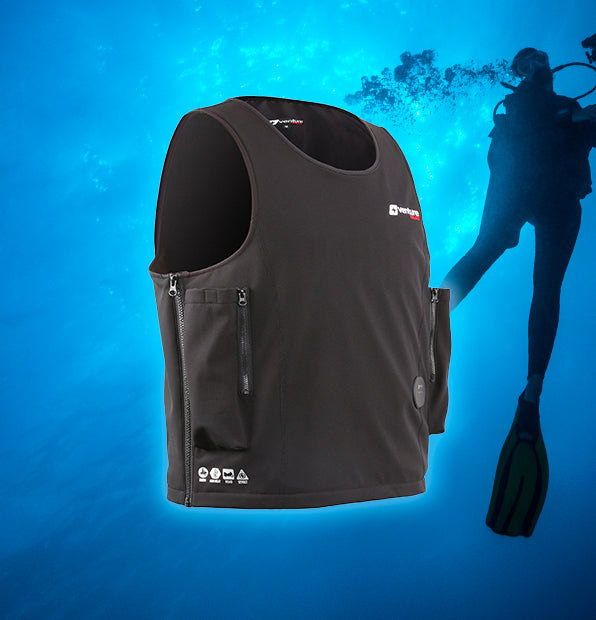





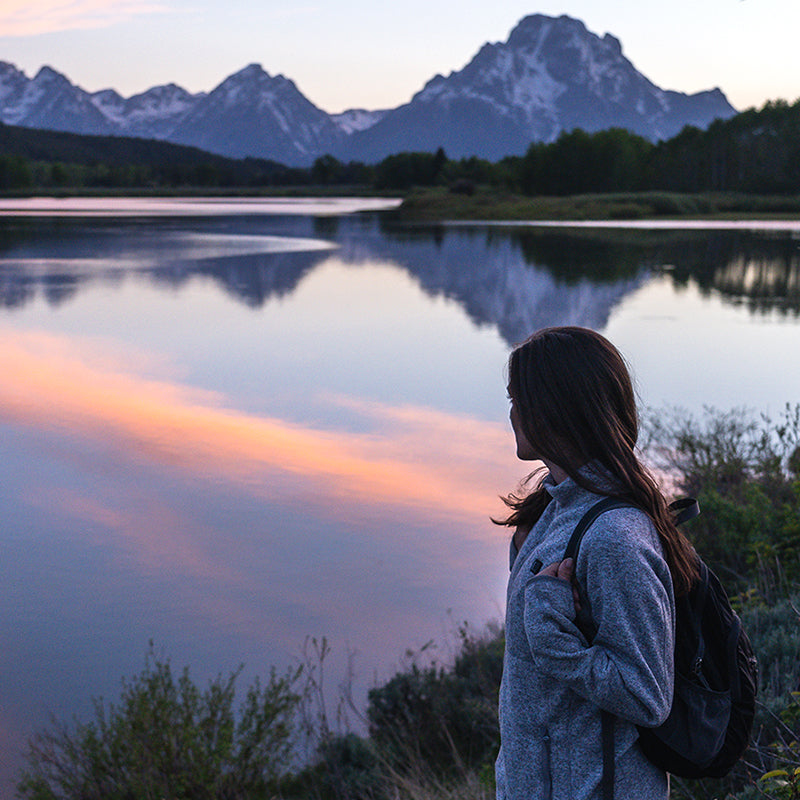

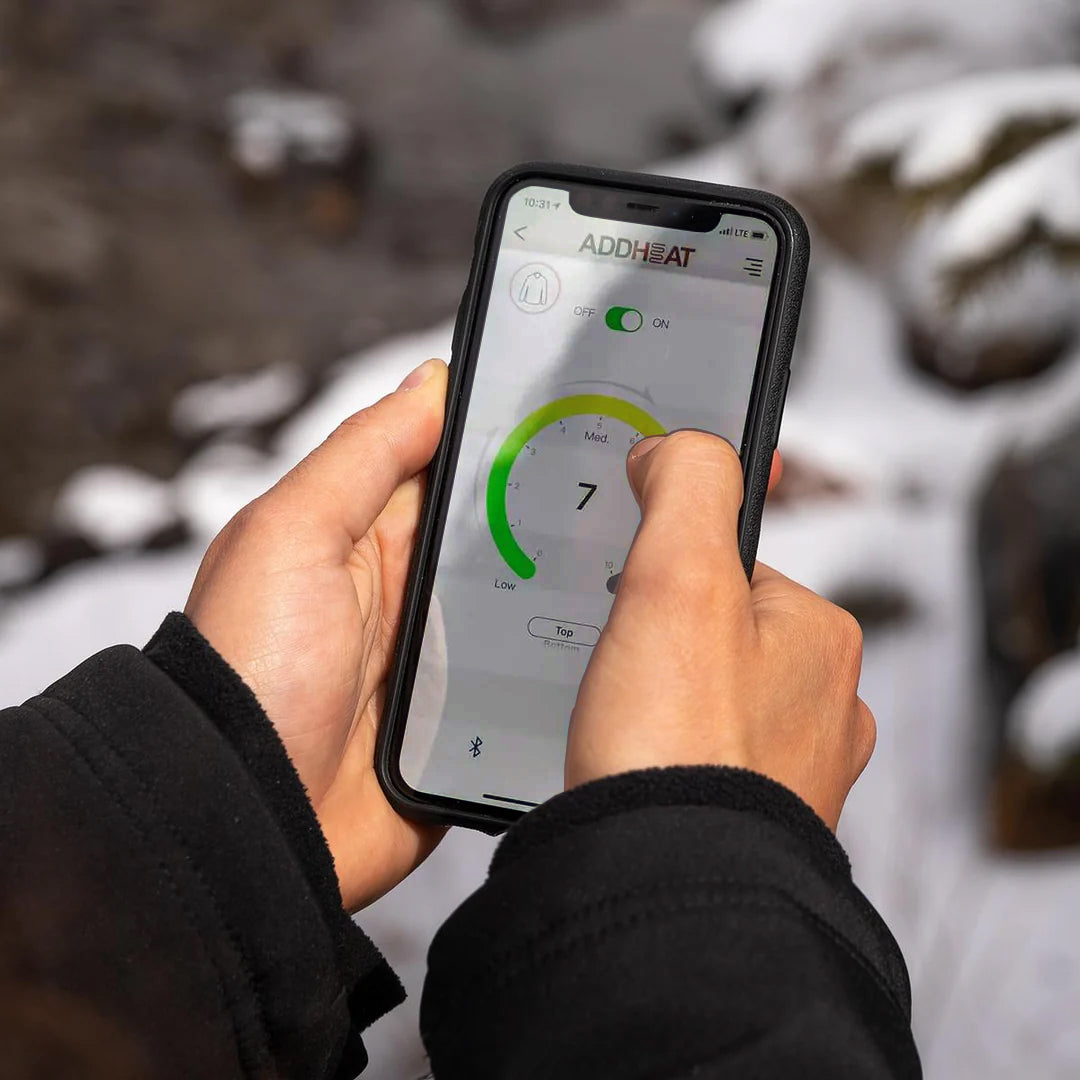
Leave a comment